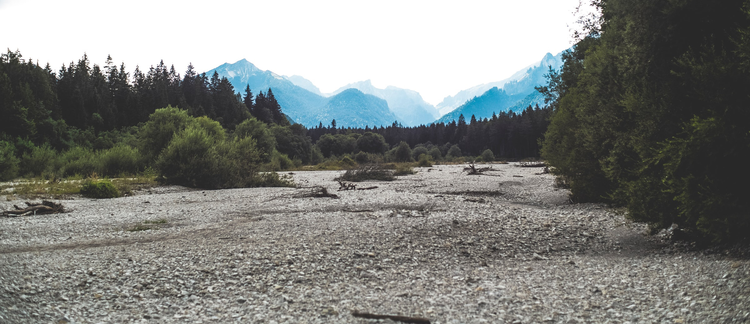Abstract
The Segura Hydrographic Demarcation (DHS), in Southeastern Spain, is an area of hydric deficit caused by low and irregular rainfall and a dense population. In this region water scarcity is a burning issue that polarizes society for or against different models of ensuring water supply. Given the current demand for water throughout Spain, desalination has been used to increase water supply, and as insurance against drought. Ten seawater desalination plants and hundreds of brackish aquifer desalination plants treat water in the Southeast of the Iberian Peninsula, both for human consumption and for irrigation, contributing to economic, energetic, processual and economic aspects of territorial organization in the Southeast of Spain. This article reviews debates over desalination, water transfers, and the best way to meet water demands in that region. While desalination allows an increase in water supply, dependence on that source increases energy costs and may lead to mistaken assumptions among users about water scarcity and availability.
Keywords: seawater desalination, brackish aquifer desalination, human water supply, social debate, irrigation, Southeast of Spain
How to Cite:
Bernabé-Crespo, M. B., Gil-Meseguer, E. & Gómez-Espín, J. M., (2019) “Desalination and water security in Southeastern Spain”, Journal of Political Ecology 26(1), 486-499. doi: https://doi.org/10.2458/v26i1.22911
Downloads:
Download PDF
View PDF


